As a citizen of the capital living in the year 2047, you board an express train at Ngoc Hoi station in the morning. The train cuts through the wind and rushes south like a Boeing taking off on a runway. When the clock strikes 12 noon, you see the Saigon River and the Thu Thiem peninsula of Ho Chi Minh City appear before your eyes.
That is the prospect promised in the Pre-Feasibility Study Report (FSS) of the North-South high-speed railway project that the Ministry of Transport will soon submit to the National Assembly. The design speed of the train line is 350km/h, with the best train brand being able to take passengers from Hanoi to Ho Chi Minh City in 5 hours and 20 minutes.
“5 hours and 20 minutes” – a desirable number considering the current situation of North-South trains taking up to 33 hours and sleeper buses taking up to 40 hours to travel between the two ends of the country.
In the pre-feasibility report, the Project Consultant proposed a design speed of 350km/h for the trains (operational speed 320km/h). The total length of the route is 1,541km, from Ngoc Hoi station ( Hanoi ) to Thu Thiem station (HCMC), passing through 23 stations and 20 provinces and cities.
On this route, the operator will arrange many different types of trains.

In particular, the first-class train will run from Hanoi to Ho Chi Minh City, stopping only at 5 major stations: Ngoc Hoi, Vinh, Da Nang , Nha Trang and Thu Thiem. This is the train brand that will help realize the vision of "having breakfast in Hanoi, having lunch in Saigon" with a total travel time from Ngoc Hoi to Thu Thiem of 5 hours and 20 minutes.
Type 2 trains also run across the North and South but will stop at alternating stations (type 2A trains stop at even stations, type 2B trains stop at odd stations). With this type of train, the travel time from Hanoi to Ho Chi Minh City is 7 hours and 25 minutes.
In addition, type 2C trains will operate on sections such as: Hanoi - Vinh; Hanoi - Da Nang; Ho Chi Minh City - Nha Trang; Ho Chi Minh City - Da Nang...
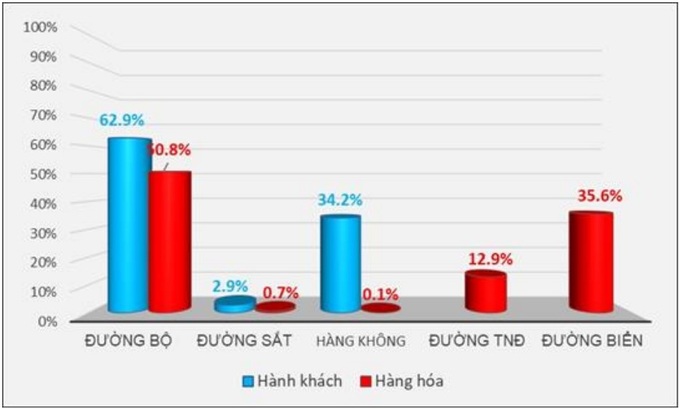
The imbalance in transport market share due to the obsolescence of existing railways (Source: Pre-feasibility report).
Over the years, the North-South railway has lost its dominant role in medium and long-distance transport. The railway market share has declined significantly, and although service quality has improved, it is not attractive enough to attract customers back.
According to the project consultant's assessment, choosing a design speed of 350km/h will help the high-speed railway compete with other types of transport such as air and road in the field of passenger transport.
Currently, the fastest train route of Vietnam Railways takes about 33 hours to travel from Hanoi station to Saigon station. By bus, the travel time for the same distance is 35-45 hours (depending on the type of vehicle).
Airplanes are currently the fastest means of transport between Hanoi and Ho Chi Minh City, with a flight time of only about 2 hours and 10 minutes. However, passengers have to spend more time checking in and risk flight delays.
“Had breakfast in Hanoi, had lunch in Saigon” is a romantic way of describing the superior speed of the high-speed railway. However, the railway will only be truly efficient if people really have the need and ability to access this type of transport service.
Regarding transport demand forecast, the railway industry will serve 122.7 million passengers and 18.2 million tons of cargo by 2050. The existing railway line after renovation will basically meet the demand for cargo transportation; while passenger transport will need high-speed rail to meet.

Expected route and location of North-South high-speed railway stations (Photo: Pre-feasibility report).
By referring to the average ticket prices of the two airlines with the largest market share, Vietnam Airlines and Vietjet Air, the Project Consultant estimates that the ticket price for a 350km/h high-speed railway will be about 75% of the airfare.
To suit affordability and attract passengers, high-speed rail tickets are divided into 3 price levels (first class, second class and third class) corresponding to different subjects and levels of comfort.
Roughly, a first-class train ticket costs 0.18 USD/km (VIP compartment); 2nd-class is 0.074 USD/km; 3rd-class is 0.044 USD/km. For example, for the Hanoi - Ho Chi Minh City route, a first-class ticket costs 6.9 million VND; 2nd-class ticket costs 2.9 million VND and 3rd-class ticket costs 1.7 million VND.
The question is, with the above fare design, can high-speed rail operation cover operating costs and make a profit?
It is expected that Vietnam Railways Corporation (VNR) will be the unit receiving and operating the entire route and responsible for paying the debt for the cost of vehicles, equipment, and human resource training. VNR will form two enterprises: one enterprise to manage and operate the infrastructure and one enterprise to receive vehicles for transportation business.
According to the consulting unit, the revenue stream to pay back the project will mainly come from transportation revenue and commercial exploitation (ticket sales, advertising, business at the station, etc.). From 2036 onwards, revenue from transportation can balance the costs of operating and maintaining vehicles, maintaining infrastructure and paying infrastructure fees to the state.
The pre-feasibility study report for the North-South high-speed railway project is being prepared by the Ministry of Transport. The consultant for the report is the TEDI – TRICC – TEDIS consortium.
According to this report, the project is designed as a double track, 1,435mm gauge, electrified, with a design speed of 350 km/h and an axle load of 22.5 tons/axle. The total investment is 67.34 billion USD.
High-speed railways have many advantages to attract customers such as cheaper fares than air travel, safer than road travel, reduced emissions (due to running on electricity), stable and punctual...
In addition, the construction of the route also has many other benefits such as accelerating the urbanization process, reducing traffic congestion, creating conditions for planning new urban areas, population dispersion, creating new jobs, promoting tourism potential, developing construction materials and manufacturing industries, etc.
The project consultant proposed that the Hanoi – Vinh and Ho Chi Minh City – Nha Trang sections will be constructed from 2027 to 2032, and will begin operation in 2033. The Vinh – Nha Trang section will begin construction from 2028-2029 to 2035, and will begin operation in 2036.
Dantri.com.vn
Source: https://dantri.com.vn/xa-hoi/an-sang-ha-noi-an-trua-sai-gon-nho-duong-sat-toc-do-cao-20240930211652243.htm






![[Photo] General Secretary To Lam visits Long Thanh International Airport Project](https://vphoto.vietnam.vn/thumb/1200x675/vietnam/resource/IMAGE/2025/11/13/1763008564398_vna-potal-tong-bi-thu-to-lam-tham-du-an-cang-hang-khong-quoc-te-long-thanh-8404600-1261-jpg.webp)





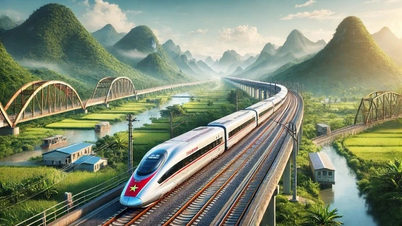









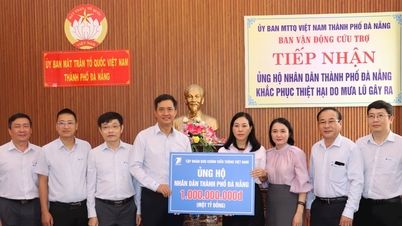




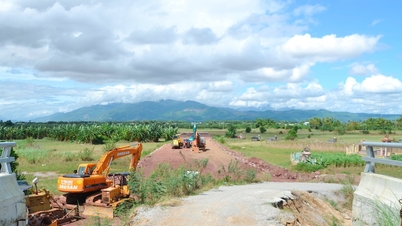




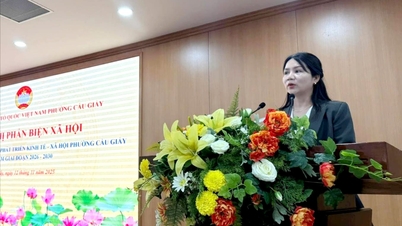
























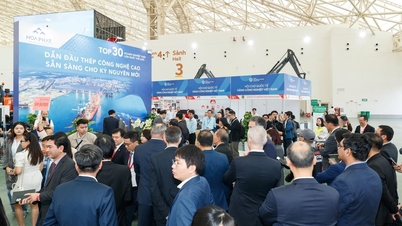











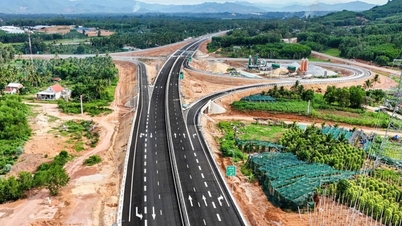










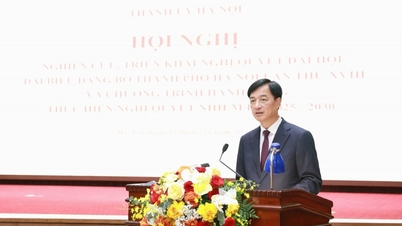






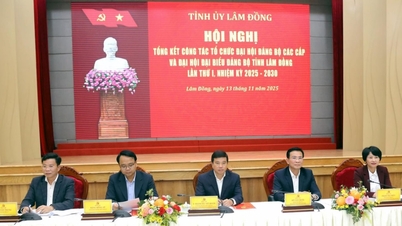
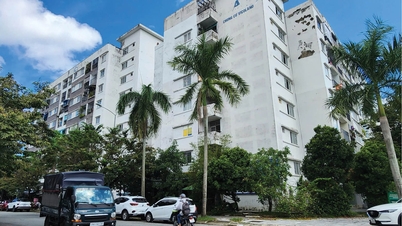

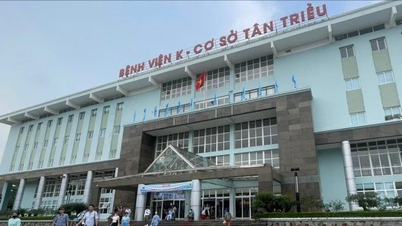






![Dong Nai OCOP transition: [Article 3] Linking tourism with OCOP product consumption](https://vphoto.vietnam.vn/thumb/402x226/vietnam/resource/IMAGE/2025/11/10/1762739199309_1324-2740-7_n-162543_981.jpeg)







Comment (0)